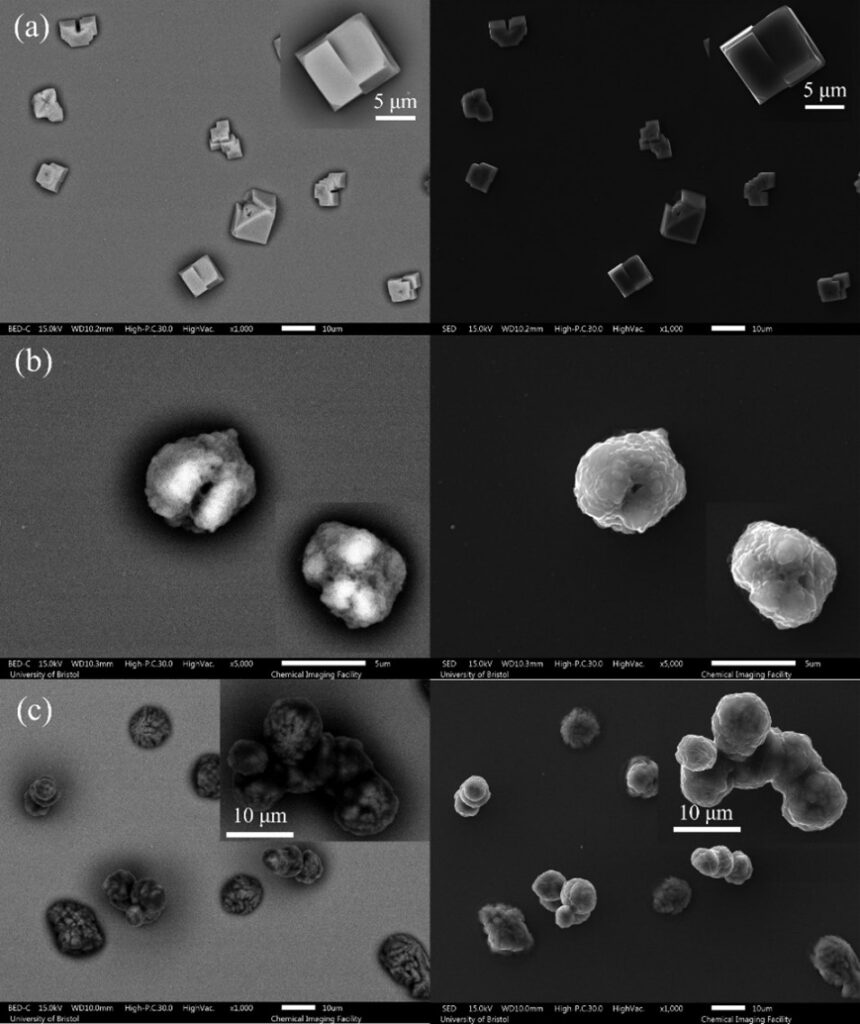By: Qian Zhang, UL Research Institutes
Authors of the Manuscript Featured: Jianghan Tian, Robert W. Alexander, Daniel A. Hardy, Thomas G. Hilditch, Henry P. Oswin, Allen E. Haddrell & Jonathan P. Reid
Aerosol Science and Technology, 58:4, 461-474, DOI: 10.1080/02786826.2023.2299214
Aerosol physicochemical dynamics is critical to understand the transmission of infectious pathogens and respiratory diseases like COVID-19. However, the representativeness of respiratory droplet surrogates of exhaled aerosols and suspension media for aerosols that are used in laboratory studies is still under debate. Researchers from the University of Bristol and the Queensland University of Technology compared the evaporation kinetics and equilibrium thermodynamics of three surrogates, including sodium chloride, artificial saliva (AS) and Dulbecco’s modified Eagle’s medium (DMEM). The evaporation kinetics of water in droplets was measured using the Comparative Kinetics-Electrodynamic Balance instrument and the imaging analysis of collected dry particles was conducted with scanning electron microscope. The study found that the evaporation behavior and phase change were dependent on droplet composition, and initial and drying conditions. Specifically, the DMEM evaporation dynamics included a third phase during drying, namely semi-dissolved or spherical with inclusions phase, in addition to homogeneous and non-spherical or inhomogeneous phases that the other two surrogates also had. Mucin in AS and DMEM droplets delayed the crystallization time of the droplets at low relative humidity, while promoted phase change to occur at higher water activities. This study provides insights for estimating phase behavior, aerosol size distribution, and deposition efficiency of respiratory secretions during inhalation processes.

Scanning electron microscope images of droplets drying at 40% relative humidity from approximately 26 µm using three surrogates: (a) sodium chloride, (b) artificial saliva, (c) Dulbecco’s modified Eagle’s medium (DMEM). Left images used the backscattered electron detector that shows subsurface structure and right images used the secondary electron detector.
This Issue’s Newsletter Committee:
Editor | Dong Gao, Yale UniversitySenior Assistant Editor | Sarah Petters, University of California, RiversideJunior Assistant Editor | Lindsay Yee, University of California, BerkeleyGuest Contributor | Qian Zhang, UL Research Institute